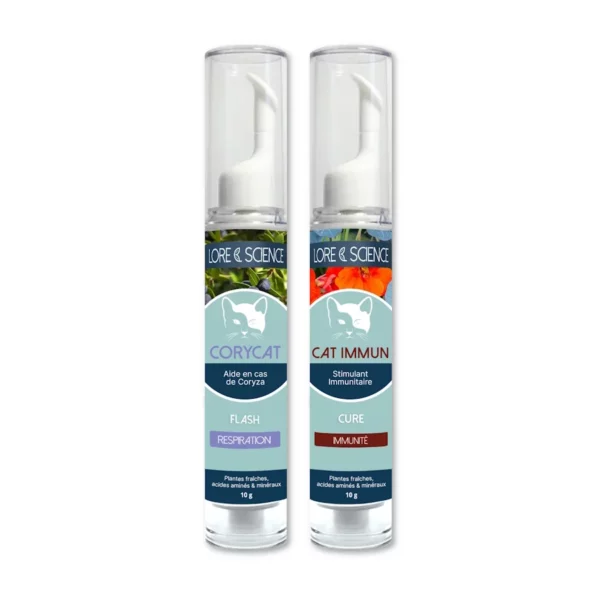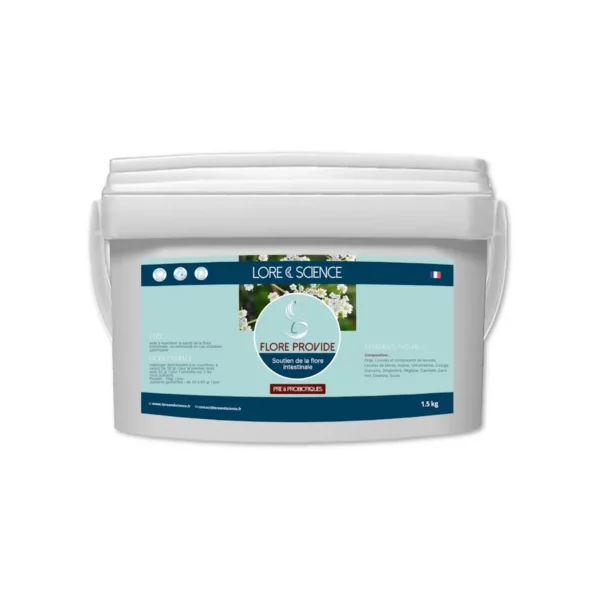Cat rhinotracheitis, also known as feline coryza, is one of the common ailments that can affect our companions. In this comprehensive article, Lore & Science tells you all you need to know about feline rhinotracheitis: its causes, symptoms, diagnostic methods and treatment options.
What is feline viral rhinotracheitis, or coryza?
Feline rhinotracheitis is a respiratory disease caused mainly by infection with two pathogens: feline herpes virus (FHV-1) and feline calicivirus (FCV). These viruses, the real drivers of the disease, have the ability to spread throughout the feline population. Their mode of transmission is varied, and includes nasal secretions, eye discharge, saliva laden with viral particles, and close physical contact between cats.
What are the symptoms of cat rhinotracheitis?
Coryza is characterized by characteristic clinical signs. Cats suffering from rhinotracheitis frequently present sneezing episodes, accompanied by a nasal discharge, sometimes clear, sometimes purulent.Irritation of the respiratory tract also leads to coughing, whether dry or productive. These symptoms are often accompanied by inflammation of the eyes, known as conjunctivitis, which manifests itself as eye discharge and can even lead to the formation of corneal ulcers. Cats may also drool or discharge excessive amounts of saliva. In response to the viral infection, your cat may also develop a fever, which should prompt you to consult your veterinarian immediately.
From a behavioral point of view, the symptoms of rhinotracheitis can disrupt a cat's appetite, leading to reduced food intake and worrying weight loss. Reflecting their altered state of health and malaise, cats will tend towards general lethargy.
All these symptoms should raise your alarm immediately. Call your vet, who will be able to make a precise diagnosis and prescribe the right treatment for your feline.
How to treat viral rhinotracheitis in cats?
The main aim of treatment is to alleviate the animal's distressing symptoms and prevent possible complications. Depending on the severity of the infection, several therapeutic approaches are available. In all cases, to avoid the spread of infection, it is imperative to keep the infected cat isolated from other cats during the contagious period.
Although cat rhinotracheitis is viral in origin, it's not uncommon for a secondary bacterial infection to develop in parallel. In such cases, antibiotics may be prescribed by the vet. These drugs are designed to eliminate the bacterial infection and reduce the workload on the cat's immune system. In the most serious situations, and for very aggressive viral infections, veterinarians may opt toadminister antivirals. The aim of these drugs is to reduce the viral load, thus limiting the spread of the virus within the cat's body. They also promote faster recovery.
To support your feline on a daily basis, you can include some simple care. This can include an appetizing, easy-to-ingest food to stimulate their often reduced appetite. Natural herbal supplements such as Cat Immun and CoryCat will also support your cat's immune system, helping it to heal and prevent disease, keeping it strong and healthy.
It's essential to stress that treatment must be tailored to the individual situation of each cat suffering from rhinotracheitis. The severity of symptoms, the age of the animal, its general state of health and the presence of any complications influence the treatment decisions taken by the veterinarian.
-
Promotional product

 Coryza Health Pack - Immune support cat viral contextThe initial price was €37.80.33,90 €The current price is €33.90.
Coryza Health Pack - Immune support cat viral contextThe initial price was €37.80.33,90 €The current price is €33.90.
Can coryza be prevented in cats?
Prevention is the best weapon against cat rhinotracheitis, as it considerably reduces the risk of contagion. One of the first lines of defense against rhinotracheitis is vaccination. Specific vaccines against feline herpes virus and feline calicivirus are available and highly recommended for cats, especially kittens. Be sure to keep your cat's booster shots up to date, as the protection offered by vaccines can diminish over time.
From an environmental point of view, a clean environment is an effective barrier to virus transmission. Make sure you regularly clean your cat's litter box, food and water bowls, and any surfaces frequently touched by you or your pet. On a daily basis, avoid contact with stray or unknown cats. These felines can carry the virus, and any direct or indirect contact with them can potentially expose your cat to infection.
In conclusion, cat rhinotracheitis is a serious condition, but with a rigorous preventive approach, you can greatly reduce the risks to your four-legged friend. Vaccination, meticulous hygiene,isolation of infected cats and limiting outside contact are all crucial measures to ensure your cat's health and well-being, keeping it as free as possible from this viral respiratory disease.
Share your experience or questions with us in the comments ↓














